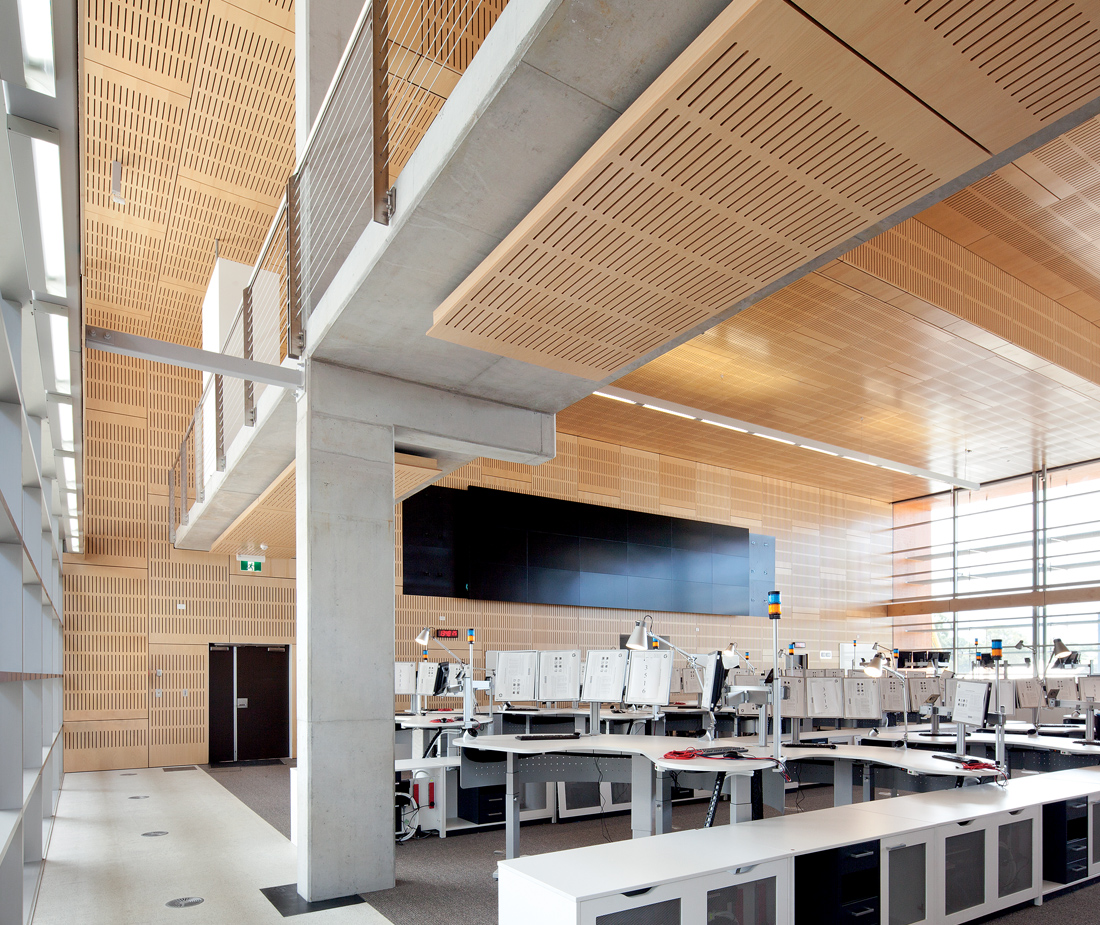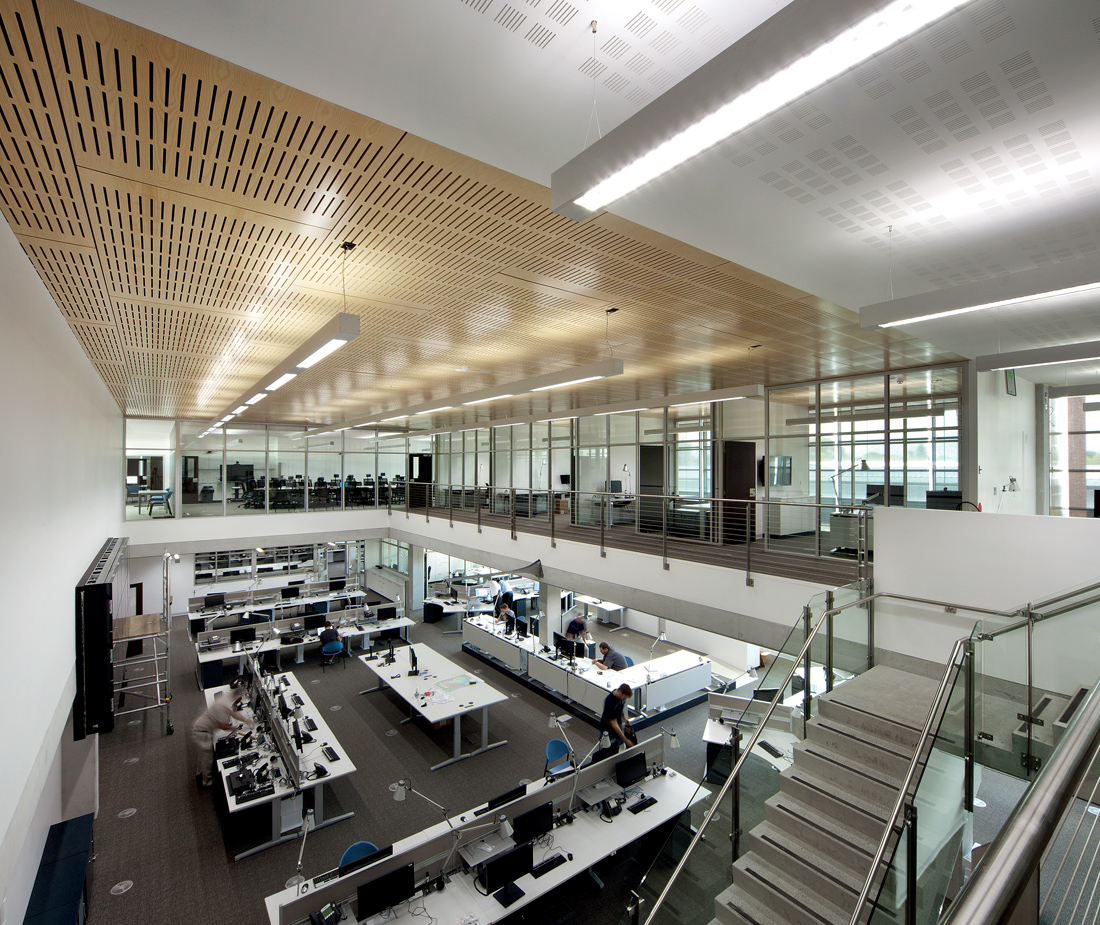

2012 Award for Excellence – Australian and New Zealand IES Lighting Awards
9 July 2012
Medland Metropolis’ Brisbane team were excited to receive the Award of Excellence at the Australia/New Zealand IES Lighting Awards, after having already received the only Award for Excellence granted at the IES Queensland Chapter Lighting Awards in late 2011.
The Queensland Emergency Operations Centre (QEOC) is a world-class facility, meeting the highest standards in communication and disaster co-ordination. Incorporating a 200m2 data centre (with 72 racks), the Communication and Disaster Management Centre handles all emergency calls for Queensland Ambulance and Queensland Fire Brigade.
Medland Metropolis, as consultants to the Queensland Government Department of Community Safety, undertook design, documentation and construction administration of the Electrical (Including Dry Fire, Communications and Security) and Hydraulic Services.
Some of the innovative lighting design solutions, provided by Medland Metropolis, which have secured this project’s victory in awards both national and international, include:
- The installation of luminaires suspended from the feature timber ceiling level to utilise the indirect lighting component to create a uniform ambient lighting level throughout the space.
- Utilisation of parabolic louvres for the downlight component provides great glare control for screen based tasks.
- These fittings were designed to be controlled with daylight harvesting photo-electric cells which manage the balance between daylight and artificial lighting and also provide a saving in power consumption costs.
- The spacing of each light fitting was carefully calculated in order to minimise disruptions to call centre staff when future maintenance is required.
- The desk mounted task lights make use of Fresnel lenses to provide 360 degree flood effect which minimises glare at each workstation. A custom mounting bracket was designed for visually appealing mounting and a long reach arm and elbow joint ensured the task light provided flexible coverage across the console working plane.
- The task lighting was also linked to the lighting control system to allow energy efficient control as well as utilising user control switching.
- The lighting for the area is fail-safe being provided with two levels of redundancy via backup generator and gas powered microturbines to ensure the area is never without artificial lighting or power.
As a result of this creative and technically excellent lighting design, Communications Centre staff enjoy a visually open space that minimises glare, responds to the natural environment and provides task based flexibility down to the operator consoles.








